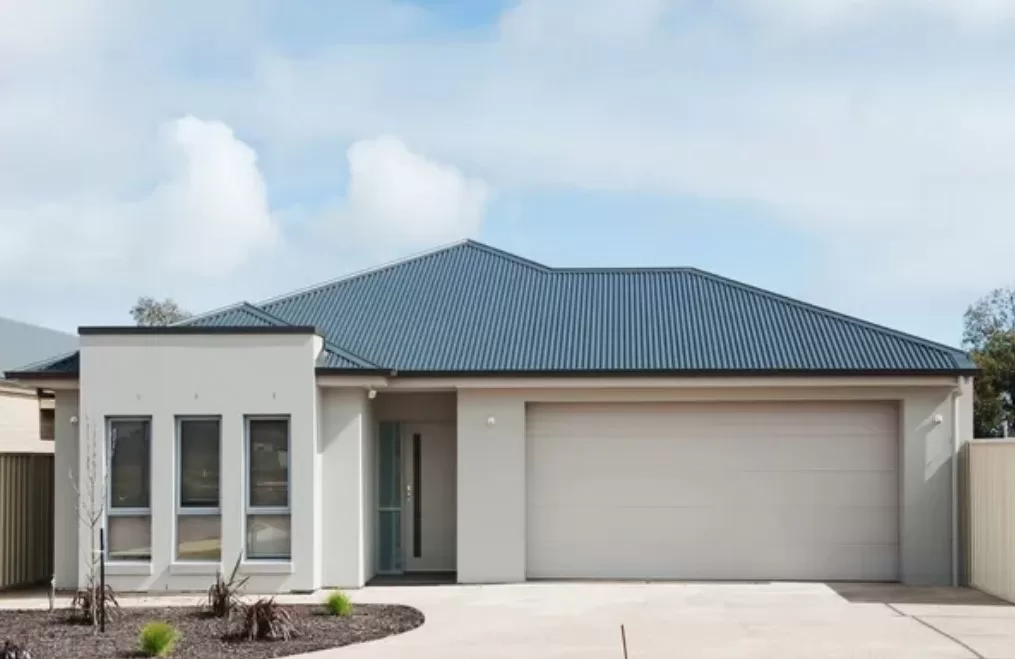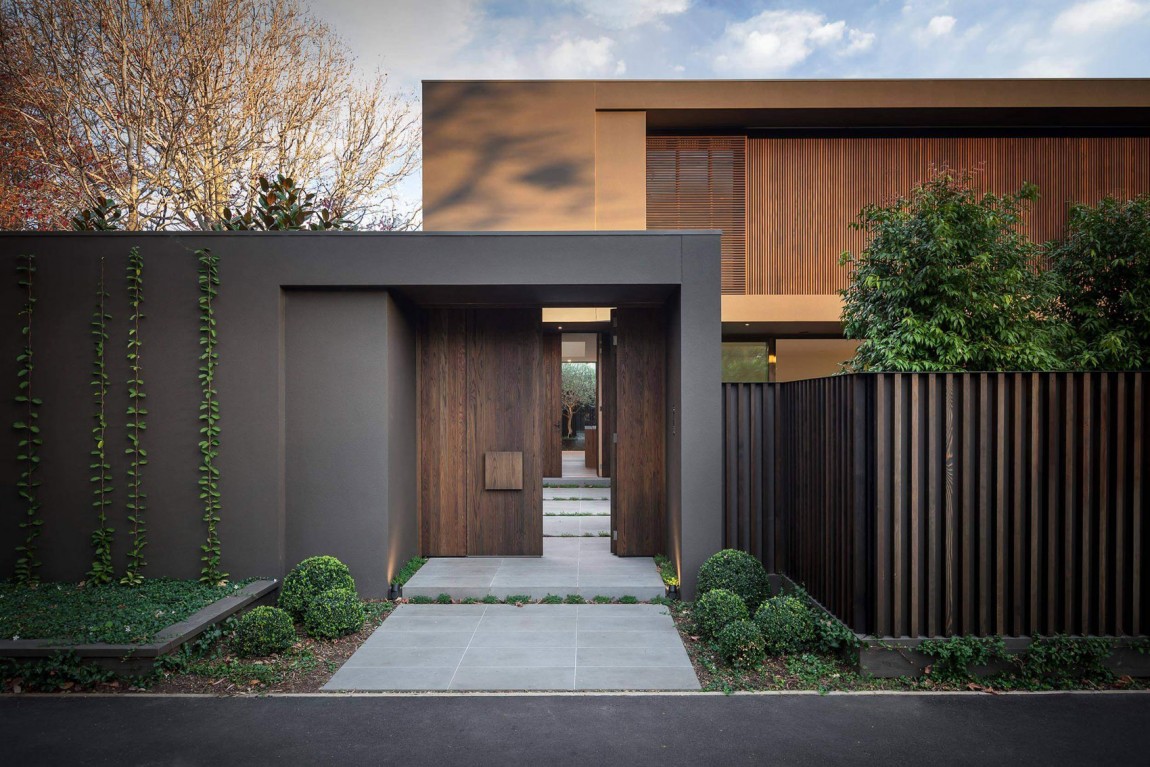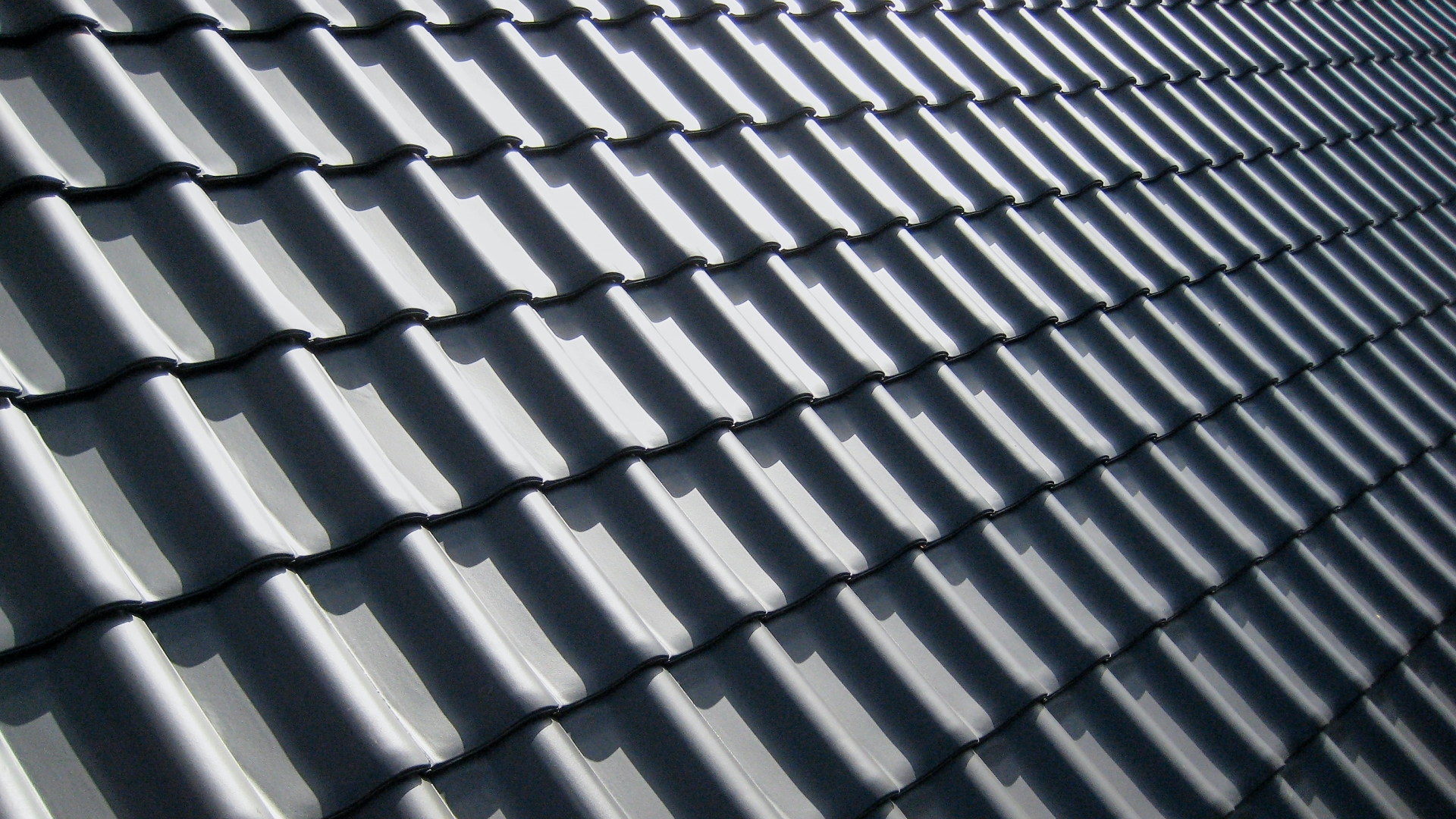In the realm of sustainable building materials, composite wood, like the products offered by Oakio, is revolutionizing the construction industry. This innovative material is reshaping how builders and architects approach eco-friendly construction, combining natural wood’s aesthetics with the benefits of modern technology. This 830-word article explores the transformative impact of composite timber on sustainable building.
The Basics of Composite Wood
Composite wood blends wood fibers, plastics, and binding agents. This concoction results in a material that mimics the appearance of natural wood while offering superior durability and lower maintenance. Unlike traditional wood, composite materials are resistant to rot, decay, and insect damage, making them a long-lasting option for construction projects.
Environmental Benefits
One of the most compelling advantages of composite wood is its environmental sustainability. Many composite wood products are made from recycled materials, reducing waste and the need for virgin timber. This recycling process significantly lowers the ecological footprint of construction projects. Additionally, the durability of composite wood means a longer lifespan for products, reducing the frequency of replacements and further diminishing environmental impact.
Cost-Effectiveness and Maintenance
While the initial cost of composite wood can be higher than traditional wood, its long-term cost-effectiveness is noteworthy. The low maintenance requirements – no need for painting, staining, or sealing – reduce ongoing costs. Furthermore, the longevity of composite materials means fewer replacements and repairs over time, offering an economical solution in the long run.
Design Versatility
Composite wood’s versatility is a major draw for the construction industry. Available in various colors and finishes, it allows for a wide range of aesthetic choices, from traditional to contemporary designs. This flexibility enables architects and builders to cater to diverse client preferences and styles without compromising environmental sustainability.
Applications in Construction
The use of composite wood extends across various construction applications. It’s ideal for decking, siding, fencing, and outdoor furniture, providing the look and feel of natural wood without the associated upkeep. Its resistance to weathering makes it especially suitable for outdoor applications, where traditional wood might deteriorate quickly.
Innovations in Composite Wood Manufacturing
Technological advancements in composite wood manufacturing continuously improve the quality and range of products available. Innovations in material composition and manufacturing processes have enhanced composite wood’s strength, stability, and aesthetic appeal. These advancements are crucial in meeting the growing demands for sustainable building materials in the construction industry.
Challenges and Future Prospects
Despite its many benefits, composite wood faces challenges, particularly regarding market perception. Some purists still prefer natural wood due to its traditional appeal and natural origin. Addressing these perceptions through education about composite wood’s environmental and practical benefits is essential.
Looking ahead, the potential for composite wood in sustainable construction is enormous. As environmental concerns become more pressing, the demand for eco-friendly building materials will likely increase. Composite wood stands at the forefront of this shift, offering a viable, sustainable alternative that doesn’t compromise quality or aesthetics.
Adapting to Climate Change
An emerging aspect of composite wood’s relevance is its role in adapting to climate change. As extreme weather events become more common, the demand for resilient building materials is rising. Composite wood’s resistance to moisture, heat, and cold makes it an excellent choice for construction in areas prone to severe weather conditions. This resilience ensures the longevity of structures and contributes to safety and reliability in the face of increasingly unpredictable weather patterns. By incorporating composite wood, the construction industry can take a proactive step towards building structures better equipped to withstand the challenges posed by a changing climate.
Global Market Trends and Composite Wood
The global market trends also point towards a bright future for composite wood. Composite lumber is gaining recognition worldwide with a growing emphasis on green building certifications and eco-friendly construction practices. Market analysts predict a steady rise in the demand for these materials, especially in regions with stringent environmental regulations. This trend is a testament to the material’s ecological benefits and an indication of a broader shift in consumer preferences toward sustainable products. As awareness of composite wood’s advantages spreads, it is set to become a staple in the global construction industry.
Concluding Overview
In conclusion, composite wood stands out as a material that aligns with the construction industry’s current needs and future aspirations. Its environmental resilience and adaptability to climate change, coupled with favorable global market trends, position it as a key player in the evolution of sustainable construction. As we move towards a future where sustainability is not just preferred but essential, composite wood offers a promising path forward, merging ecological responsibility with practicality and aesthetic appeal. This material is transforming construction and paving the way for a more sustainable and resilient world.











